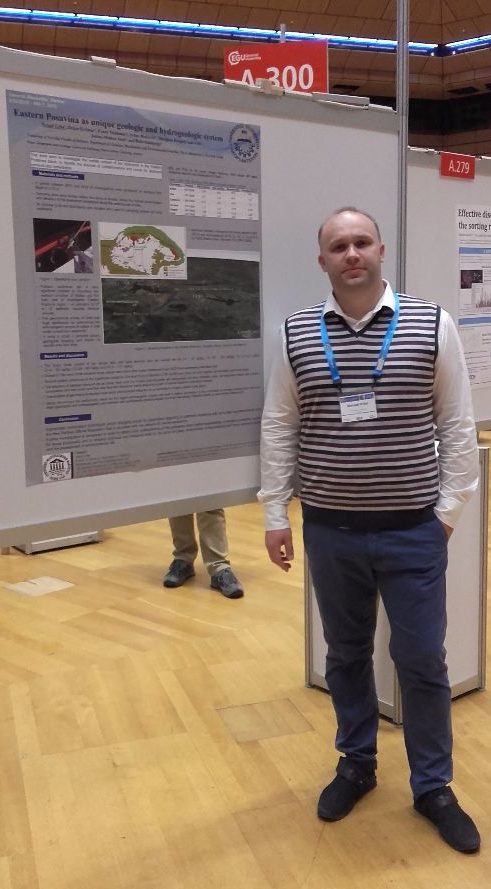THE MAIN FIELD OF EXPERTISE AND SIGNIFICANCE OF SCIENTIFIC WORKS
Pannonian Basin sediment

- The published experimental results and work papers have a significant scientific contribution to the field of geochemical composition of sediment and environmental protection monitoring programmes, especially if sediments are considered as special deposits of priority and emergency substances, which change by dynamic natural (erosion, weathering, dilution of the upper layers of sediments and changes in the mineral composition of the same) and chemical factors (temperature, pH and redox potential of the aquatic environment) and can then be released into the aquatic environment and disrupt the quality of the aquatic ecosystem. In SCI papers from the list of this personal page, various techniques of sediment characterization were used, including Gas Chromatography Mass Spectrometry (GC-MS), Inductively Coupled Plasma Mass Spectrometry (ICP-MS) and Inductively Coupled Plasma – Atomic Emission Spectrometry (ICP- AES).
- The focus of recent scientific research has been on the interpretation of results from various instrumental techniques and methodological approaches to the analysis of the impact of pollutants (pesticides, polycyclic aromatic hydrocarbons (PAHs), polychlorinated biphenyls, heavy metals, rare earth metals, etc.) on different environmental matrices from the multidisciplinary aspect of chemistry, biochemistry and environmental protection, which represents a novel contribution to science in researching the problems of sediments of the wider Pannonian basin exploration area and similar types of water–sediment systems throughout the world. This research also contributes to a better understanding of geochemical mechanisms and the distribution of pollutants and their transport in the water–sediment system.
- The results of the research represent an original scientific contribution in the field of chemistry and environmental protection. At the same time, his research work fits into modern trends in organic and inorganic chemistry of the environment, contributing from the perspective of potential assessment of the level of pollution of the area and the possibility of applying the obtained results at an international level, including the possibility of supplementing the existing directives due to harmonization process of national legislation with EU (g. Water Framework Directive (WFD), EU Waste Framework Directive, EU Watch List of emerging substances and others, see Literature data).
- In addition, it is necessary to emphasize the economic aspect that is being examined through the process of selecting Best Available Techniques (BAT) in the national industry and their implications for minimizing the pollution of sediment and water.
